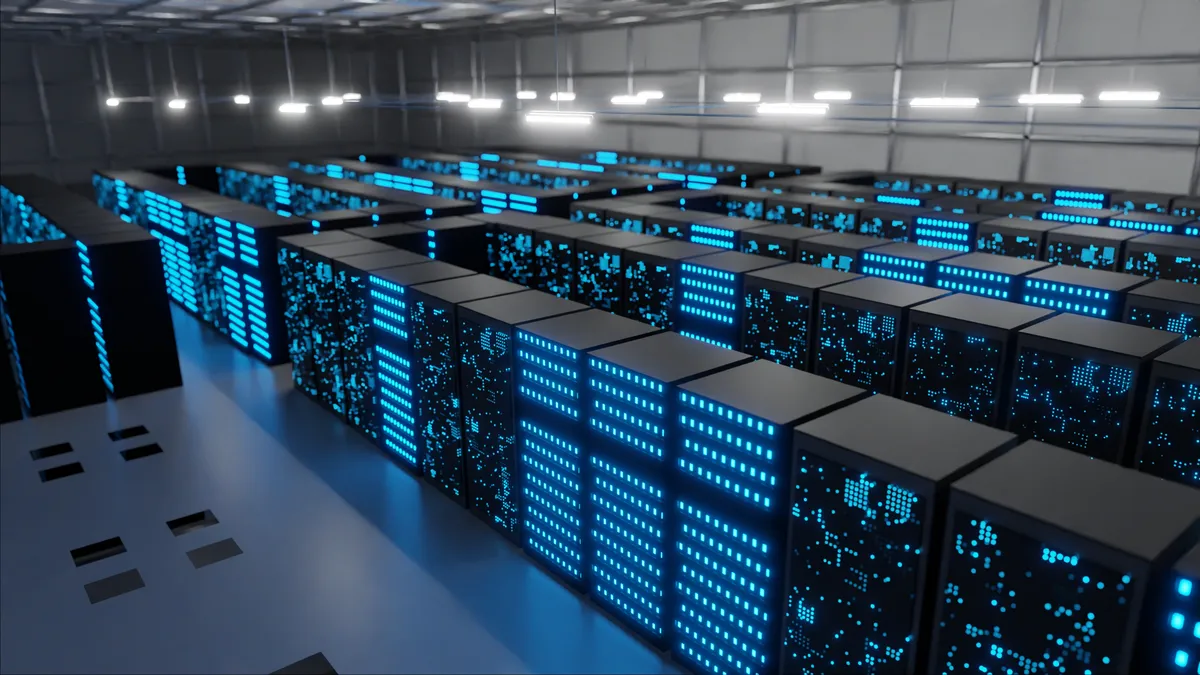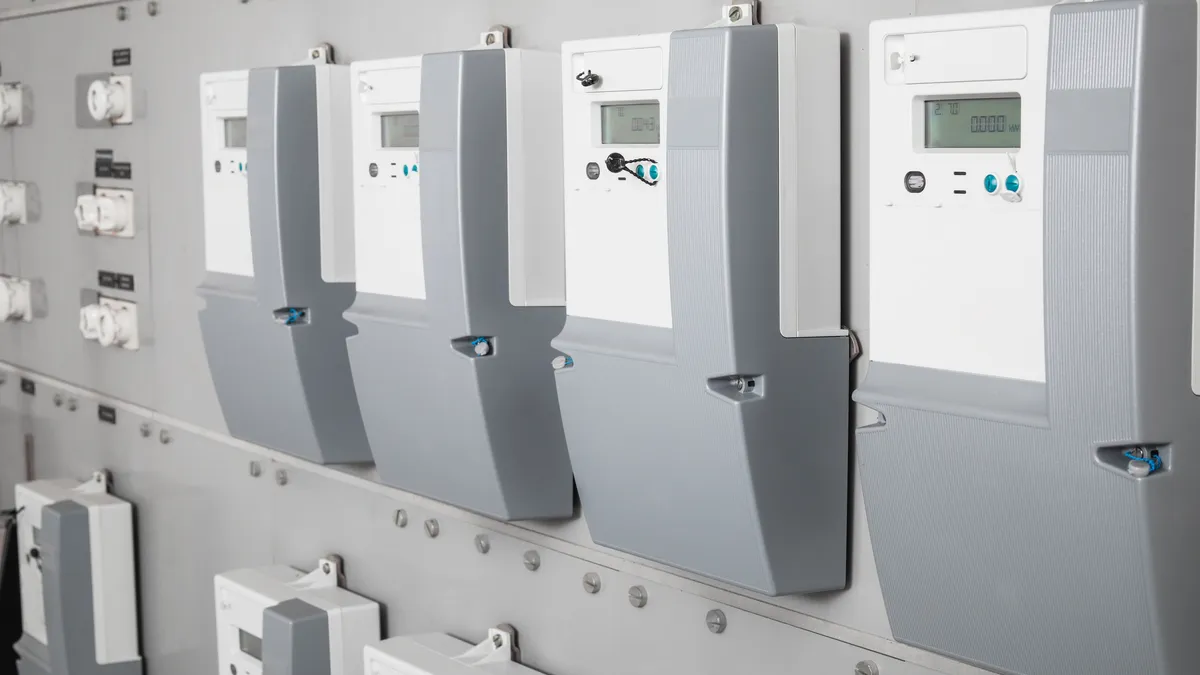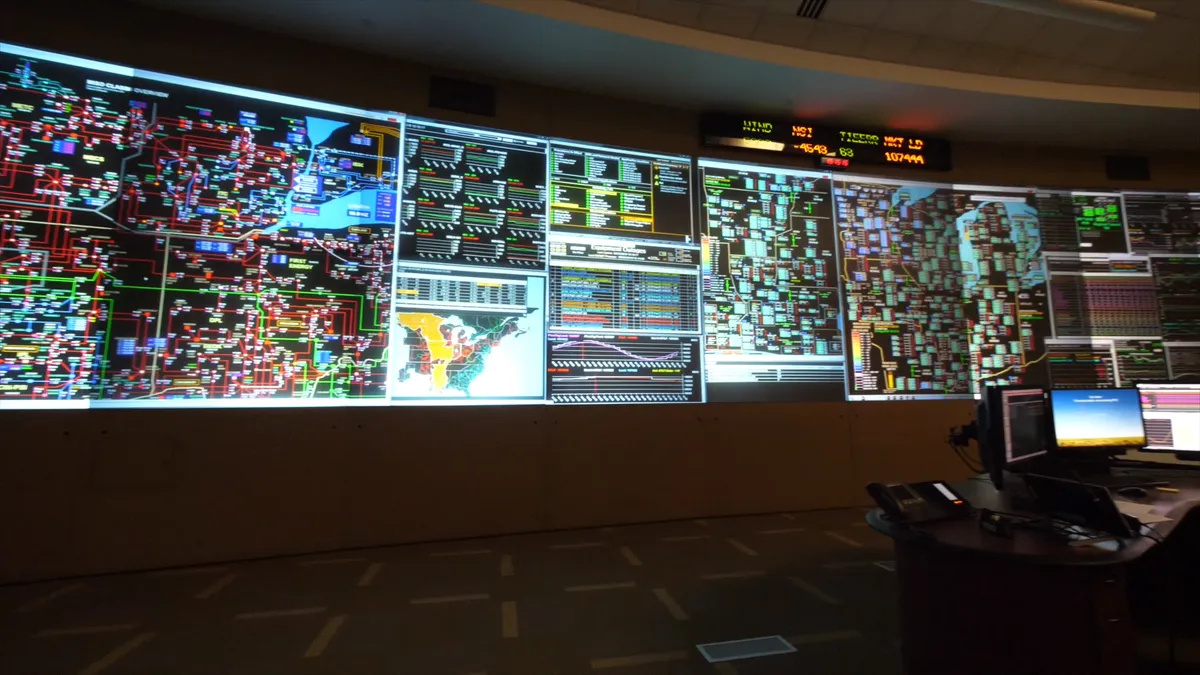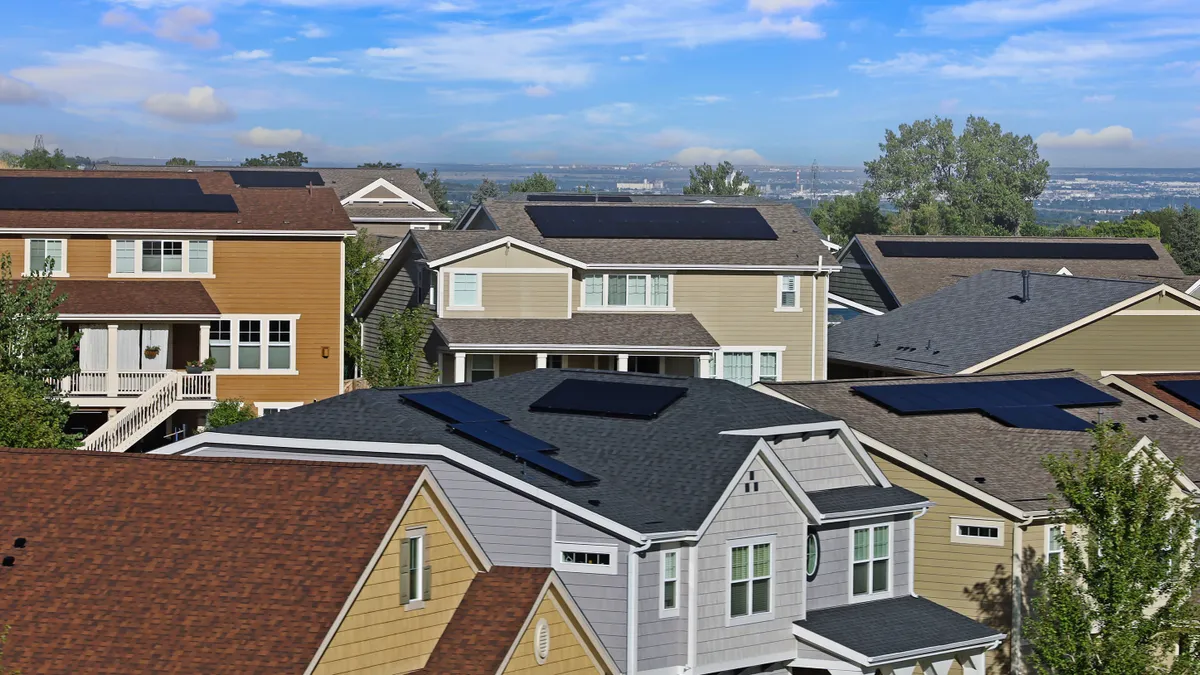Utilities looking to consolidate load management systems are increasingly turning to cloud-based solutions, but concerns over cybersecurity threaten to toss in a hitch. Power companies want systems that can connect all of their energy resources, while also keeping them secure.
Diana Breziner manages demand response programs for PECO Energy, and says a cloud-based demand response management system (DRMS) would give her pause.
"Our cybersecurity has been increased, so I kind of see that as a problem for me, because if I'm going to bring a cloud-based DRMS, I'm going to need a lot of time to be able to implement it and have it go through a security process," Breziner said.
Utilities are quickly adopting new models to bring together a slew of demand management programs, including commercial and residential offerings that range from one- and two-way pager systems, wi-fi enabled control, direct-control switches and cell networks. The DRMS model can do many things, from balancing and scheduling to demand projections and customer care, but the essential idea is to take a utility's resources and programs and make them work as efficiently as possible, in concert.
"If I'm going to bring a cloud-based DRMS, I'm going to need a lot of time to be able to implement it and have it go through a security process."

Diana Breziner
Demand Response Manager for PECO Energy
Breziner was speaking at a demand response chat hosted by the Peak Load Management Association and moderated by Navigant Research analyst Brett Feldman. He said it is possible concerns over cybersecurity could slow the adoption of cloud-based systems, but added that utilities are concerned about a wide-range of potential vulnerabilities and the rollout of demand response systems will likely continue unabated.
"I don’t think cyber concerns will slow DRMS any more than general utility cybersecurity concerns," Feldman said in an email after the event. "It may slow the uptake of cloud-based systems versus on-premise. There also may be cyber concerns with consumer devices like wifi thermostats that could infiltrate either the utility’s system or the customer’s. However, I don’t see that slowing DR growth unless a hacking event actually occurs through those means."
Emerging technologies, both for consumers and power companies, also create new vulnerabilities. According to a new report from PA Consulting, smart meters—essential technology in demand management systems— "represent one of the most acute cyber attack vectors to distribution networks," and warned early adopters may be most exposed to a cyber intrusion.
"It is clear that energy companies and utilities will continue to become increasingly susceptible to these cyber threats," the consulting firm said.
But the potential for security issues does not mean utilities can back away from new technologies.
Sarah Chatterjee is supervisor for engineering, operations, and back office systems in the Demand Side Management Department of NV Energy. She said the concerns are real, but “at the same time we cannot really blind eye to these cloud-based systems …. it's a fine balance across how much we can integrate with those cloud offerings."
"We need to look at these technologies as they become available," Chatterjee said.
Beyond security, utilities want wide integration
Thus far, while utilities are keenly focused on security it has yet to become a differentiating factor in the marketplace. "All vendors tout their security credentials, and utilities check them during the procurement process," Feldman said.
So what makes a utility go with one product over another?
"Integration can be a differentiator," Feldman said. "That can range from a several-weeks to several-months process depending on the number of systems." Vendors that offer other utility systems like MDMS, CIS, ADMS "may have an easier time integrating if the utility is using their other systems."
Pennsylvania directed utilities to improve efficiency and energy savings in 2008 when it passed Act 129, leading PECO to scramble to expand its demand management programs.
"We needed back in 2010 to exponentially grow the program pretty fast, because we needed to be ready to be active in the summer of 2012," Breziner said. "We needed to have it integrated with the call center to create tickets in customer care for the claim process, for dispatching events and service calls."
PECO selected Comverge, utilizing the company's Intellisource platform. But the utility went with a one-way paging system, and now they are considering upgrading the technology.
"I wish we would have looked at things differently and seen what was coming in the future. Instead of doing it one-way, we could have had two-way [communications] using wifi," said Breziner. "It was a good technology at the time, and it is now. But now we're trying to figure out how to move forward to a more current technology."
The program has about 82,000 residential direct control switches and 3,400 small commercial thermostats to which it pays for demand reductions.
Over at NV Energy, Chatterjee said the majority of their systems have two-way communication capabilities.
“That's been key for some of the components, like forecasting," she said. "It enables us to see what kind of DR capacity is available at any given time. It's pretty key and it's easier with all of our analysis from the residential sector."
Forecasting demand and load flexibility is more difficult in the commercial sector, she noted, because building sizes vary so significantly. The utility issued a request for proposals in 2009 to develop the DRMS.
"We needed a unified system to coordinate better with our balancing authority," she said. “We had disparate systems for controlling load management devices.”
The utility had upwards of four systems, said Chatterjee, and turned to GE for a platform that could provide management of all devices, forecasting for residential, small- and medium-sized commercial customers, create strategies and schedule events.
"Each utility has a little bit of different business requirements, priorities or focuses. It's really important for the utility to connect with those areas of importance."

Sarah Chatterjee
Supervisor for operations and engineering at NV Energy
The importance of integration was a key lesson, said Chatterjee. In choosing a vendor, she said it is essential to focus on testing documentation to ensure the systems will deliver, and recommended site visits and live demonstrations of the system. "Each utility has a little bit of different business requirements, priorities or focuses. It's really important for the utility to connect with those areas of importance," she said.
Standards key to scaling up
Utilities now are often tasked with gelling their disparate programs in costly point-to-point integration initiatives. Bringing legacy systems aboard is a bespoke task. But one key to growing demand response will be creating standards that allow resources to communicate and cooperate more efficiently.
"Standardization really does help," said Chatterjee. "These disparate systems and doing point-to-point integration does not make it easily scalable and makes difficult for utilities to look at various products in the market."
The OpenADR Alliance is one example. Formed in 2010, the group now boasts 130 member companies and works to develop open and standardized methods by which utilities and system operators communicate.
In October, the group said its year-long collaboration with the Universal Smart Energy Framework Foundation had resulted in the creation of several new DR program templates. The ultimate goal is smarter and more connected grid resources.
"You have to try and look to the future, what might be your needs in five to 10 years," said Breziner.





















